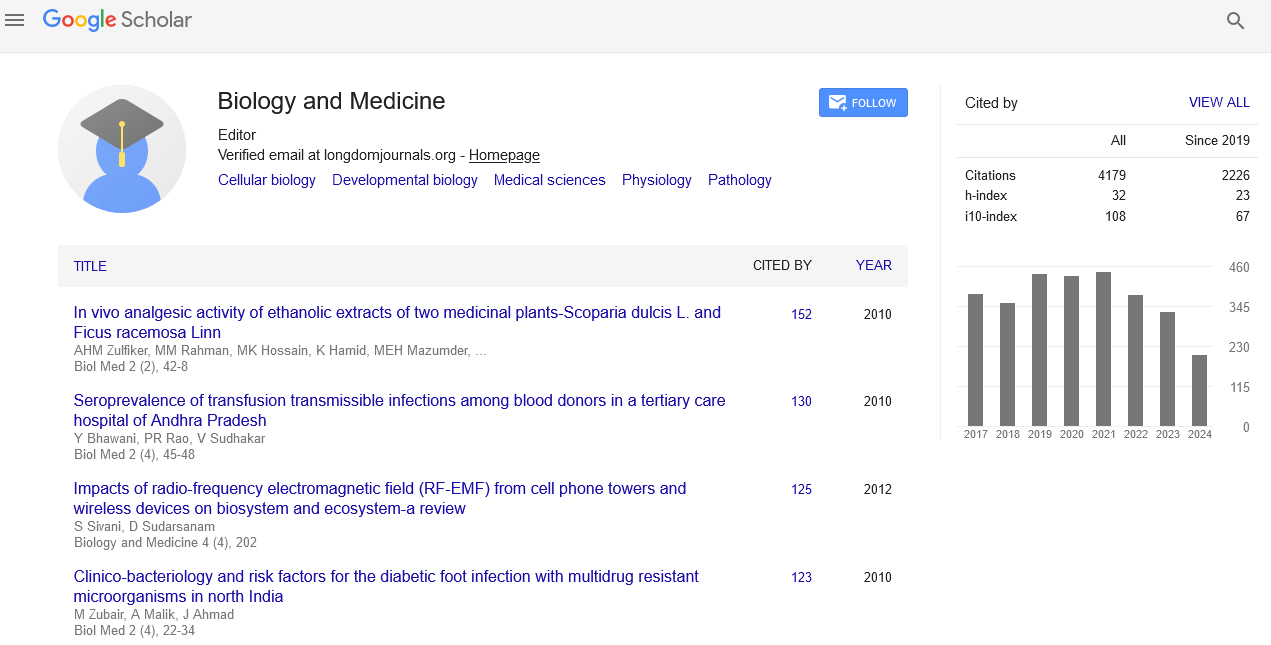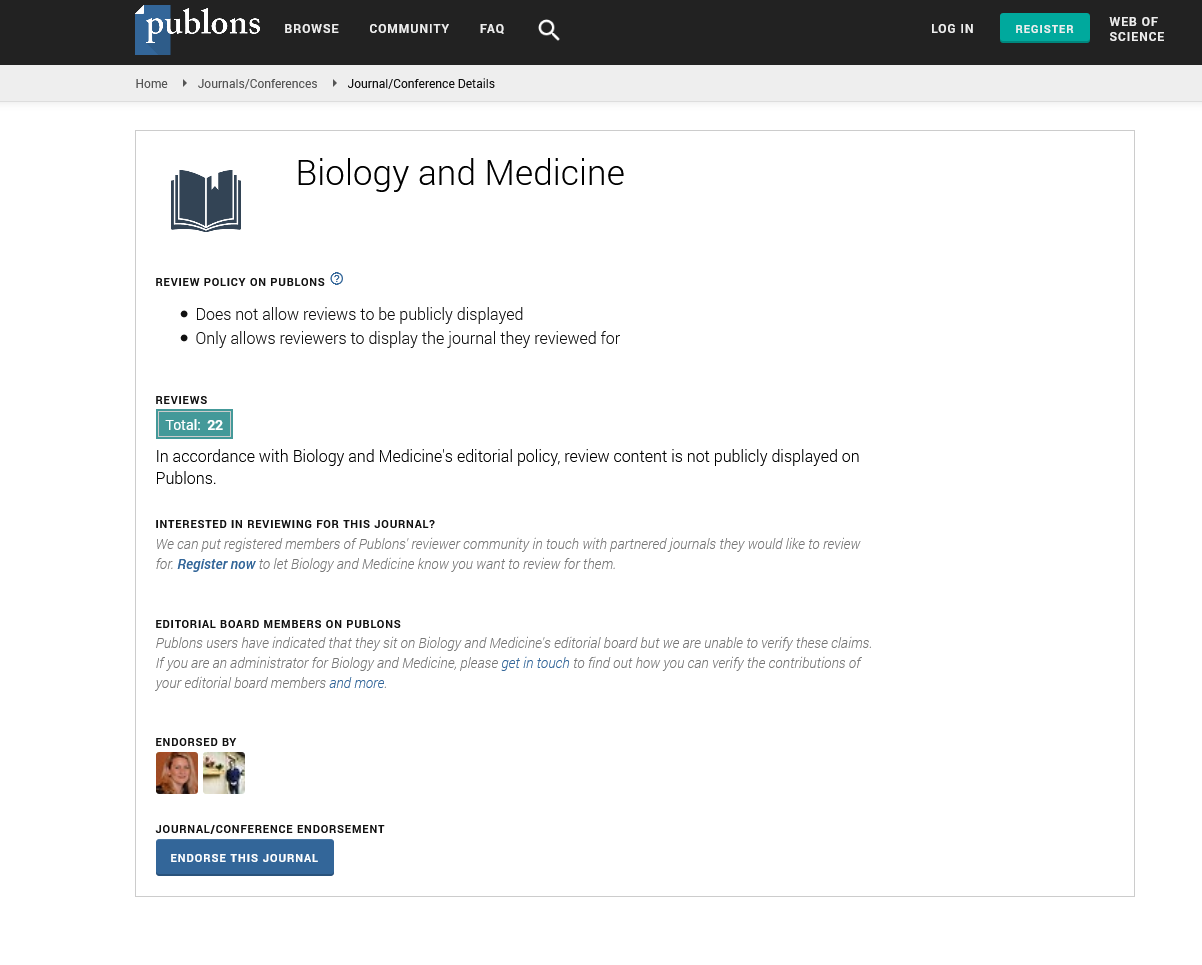Indexed In
- Open J Gate
- Genamics JournalSeek
- CiteFactor
- Cosmos IF
- Scimago
- Ulrich's Periodicals Directory
- Electronic Journals Library
- RefSeek
- Hamdard University
- EBSCO A-Z
- Directory of Abstract Indexing for Journals
- OCLC- WorldCat
- Proquest Summons
- Scholarsteer
- ROAD
- Virtual Library of Biology (vifabio)
- Publons
- Geneva Foundation for Medical Education and Research
- Google Scholar
Useful Links
Share This Page
Journal Flyer

Open Access Journals
- Agri and Aquaculture
- Biochemistry
- Bioinformatics & Systems Biology
- Business & Management
- Chemistry
- Clinical Sciences
- Engineering
- Food & Nutrition
- General Science
- Genetics & Molecular Biology
- Immunology & Microbiology
- Medical Sciences
- Neuroscience & Psychology
- Nursing & Health Care
- Pharmaceutical Sciences
Perspective - (2022) Volume 14, Issue 8
Diagnosis and Treatment for Immune Mediated Thrombocytopenia
Fang Liu*Received: 26-Jul-2022, Manuscript No. BLM-22-18114; Editor assigned: 28-Jul-2022, Pre QC No. BLM-22-18114(PQ); Reviewed: 12-Aug-2022, QC No. BLM-22-18114; Revised: 19-Aug-2022, Manuscript No. BLM-22-18114(R); Published: 26-Aug-2022, DOI: 10.35248/0974-8369.22.14.502
Description
The immune system has both pro- and anti-inflammatory chemical triggers and recognition of its own cells. Autoimmune or immune-mediated diseases are conditions in which these mechanisms are disrupted. In autoimmune diseases, the full capacity of the immune response against the body's own cells is activated. Immuno chemicals damage platelets and cause them to burst. Damaged cells are removed from circulation by the filtering function of the liver and spleen. Because platelets are involved in normal blood clotting, people with Immune Mediated Thrombocytopenia (IMTP) often have bruises on their skin and mouth. Some people have bleeding from the nose and mouth, and blood in their urine and stools. Immune-mediated processes are one of the most common causes of neonatal thrombocytopenia. Autoantibodies, drug-dependent antibodies, or maternal antibodies mediate platelet destruction by interacting with platelet membrane antigens or by forming immune complexes that can bind to the Fc receptors of reticuloendothelial cells, leading to platelet removal from circulation. Some patients are hospitalized with internal bleeding due to severe weakness or collapse. Prompt evaluation of patients with this condition is important. Acute thrombocytopenic purpura usually affects children from the age 2 to 6. Symptoms may follow viral illnesses such as chickenpox. Acute Immune mediated thrombocytopenia usually begins abruptly and symptoms usually resolve within 6 months, often within a few weeks. In most cases, no treatment is required. Acute IMTP is the most common form of this condition.
Chronic thrombocytopenic purpura is the condition can occur at any age and symptoms can last at least six months, years or lifelong. Adults are more likely to have this form than children, but it affects teenagers. Women have it more often than men. Chronic IMTP can reoccur frequently and requires follow-up by a haematologist. IMTP is a life-threatening disease, but many patients respond to immunosuppressants. Patients requiring blood transfusions in the first few days of treatment have a more aggressive form and may require several days of hospitalization. The first few days after IMTP diagnosis are the most dangerous. Some patients do not respond to aggressive treatment. Patients who survive the first few days of treatment and are discharged generally have a good long-term prognosis but require close monitoring.
Patients with secondary IMTP associated with infections or cancer may have different prognoses depending on the causative agent. Some patients have mild IMTP, respond well to monotherapy (prednisonealone), and are able to recover by medication. Close monitoring is important, especially in the early stages of the disease. In general, the goal is to reduce medication to the lowest effective dose. Achieving long-term control of patients with severe or recurrent IMTP requires multiple visits over many months. IMTP is treated with drugs that weaken or calm the immune system. Steroids are often used in addition to other immunomodulatory drugs. It is not uncommon for multiple immunomodulatory to be required to control disease. IMTP patients with infections may require medication to treat the infection. Patients who develop IMTP secondary to cancer may undergo chemotherapy, surgery, or other disease-directed treatments.
Therapeutic Plasma Exchange is a new therapeutic modality available to treat the most severe cases of immune-mediated disease. In Therapeutic Plasma Exchange (TPE), the plasma component of a patient's blood is exchanged with that of a healthy plasma donor. A patient's blood is circulated through a filter (much like kidney dialysis) to remove destructive circulating immune chemicals from a sick patient's plasma while preserving as many platelets as possible. This removes some of the patient's plasma, so the donor plasma must be returned to the patient during the exchange process. This therapy is widely used in human patients. Its use in animals is increasing as more research becomes available.
Citation: Liu F (2022) Diagnosis and Treatment for Immune Mediated Thrombocytopenia. Bio Med. 14:502.
Copyright: © 2022 Liu F. This is an open-access article distributed under the terms of the Creative Commons Attribution License, which permits unrestricted use, distribution, and reproduction in any medium, provided the original author and source are credited.


